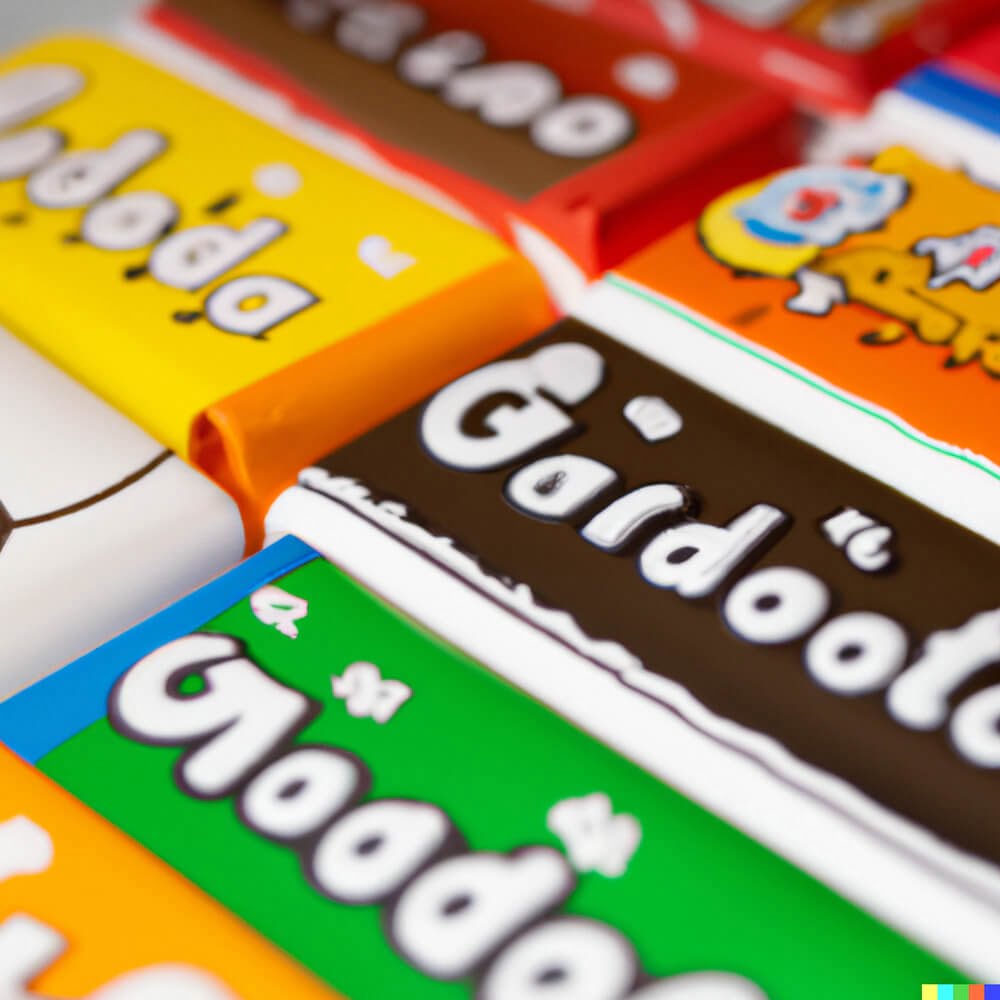Introduction
Organizing your board games can be an important part of maintaining your collection. Board games often take up a lot of space, so having good organization strategies allows you to store them in a way that maximizes the efficiency of that space. Even if you have only a small collection, it is important to organize them as it makes it easier to find the game you want and prevents frustrated searches through piles of boxes or cupboards full of chaos. Here are some tips on how to organize your board games.
Examining your board game collection
When organizing your board games, the first thing you should do is assess your current collection. Take out each game and look through it to identify what pieces are included, the condition of the items and the age range for which it is indicated. Make a mental note or write down all of this information to help decide which games you would like to keep and organize. You may also use this as an opportunity to donate any games that have become too old or played-out.
Once you have determined which games will stay in your collection, start separating them into categories such as strategy, card or roll-and-move; this will make the organization process easier in later steps. Depending on how many games you have, you may also choose to separate them by players (2-4 players) or organizers might prefer categorizing by age group”for kid’s games and adult games. These strategies could help alleviate confusion when searching for a specific type of game.
The next step is deciding where your board game collection will live–where each box can be stored without taking too much space but still be accessible whenever needed? If you have limited storage options, using specialized chess pieces cases or wall mounts might be a way of maximizing space efficiency while keeping everything organized. Another great option could be utilizing some type of media storage tower–pegboard drawers and cubes specifically meant for holding puzzles and game pieces will assist in keeping them neat and tidy with quick access capabilities!
Finding the right containers
In order to properly organize your board games, you need to find the right containers. Think practically and creatively when choosing containers ” there are lots of possibilities. In terms of practicality, you should look for containers that are labelled and easy to open, preferably with lids or closures to prevent dust or mess. You can buy specially designed game organizers in stores or online, but you can also recycle materials such as shoe boxes, ice cream tubs or resealable plastic bags which can be used just as effectively.
You’ll also want to think about how best to store your board games so they don’t get damaged. Should they be stored upright on shelves? Do you need larger bins for larger sets? Again this is where creativity comes in: using old DVD cases for card game storage, repurposing furniture like drawers and baskets for sorting components, labeling storage boxes with masking tape rather than labels etc. Another great way to organize them is by color-coding sections of the room based on which type of game it is – create a blue area for strategy games, a red zone for adventure games etc. Whatever solution works best for you ” it’s a good idea to keep your board games organized as it means you’re more likely to play them!
Sorting your board games
To organize your board games, it’s important to first decide how you want the games to be sorted. There are various methods to establish this. One option is to sort them based on type and theme, grouping similar games together such as adventure or strategy-based games. You can also sort your board games by level of difficulty, ranging from easier “kids” games all the way up to complex and intense “adult” gaming experiences. In addition, you may opt to divide your gaming titles based on age range and genre, with pre-school or family-friendly fare in one area, and more intense or adult content stored separately. Finally, you could even sort them alphabetically for easy recall when trying to select a game for any given situation or combination of players. By following these suggested steps and sorting criteria, you’ll be able to find that right board game that fits each individual scenario faster and easier than ever before!
Storing your board games
Finding the right storage solution for your board games is key to making sure that you have room for all of them. Depending on the type of game and its size, you may opt for different kinds of organizational solutions. When considering which kind to go with, think about if you will be needing easy access to your games or if they won’t be pulled out of storage very often.
One option is using shelves or a cabinet. Shelves will allow you to better view and sort through your collection while cabinets are a good idea if you want more discretion when storing them. If space is an issue, look into getting stackable bins so that you can store multiple games in the same amount of real estate space. For those larger games, consider using a trunk or other large container to easily store the components without taking up too much space in your home.
Depending on how many board games you have, labeling each one can help keep track of what’s where. You can even get creative by organizing them alphabetically or by gameplay style ” whatever helps you best find what it is that you’re looking for! Lastly, don’t forget about organizing the pieces and components within each game if needed – this can make setup quicker and easier when it comes time to play!
Labeling your board games
Labeling your board games can be a great way to keep them organized, easily identified, and accessible. There are several ways to label a game box lid – with text, graphics or a combination of both. Text labels include the name of the game and its edition or version number (if applicable). Graphics may include artwork from the manufacturer, logos, pictures of pieces or players, children’s drawings and more. If you have different versions or editions of the same game, labeling those can help you quickly distinguish between them.
You should also use labels on the outside of storage boxes or other containers so that you know what games are protected inside without having to take each item out individually. Consider investing in sticker laser printers so that you can make your own custom labels at home. You don’t need a lot – just enough to inform people on what is inside each box and make it easier for yourself to avoid confusion when looking for the right product for play time.
Tips for long-term board game organization
Start by assessing how many board games you have and grouping them into categories such as strategy, trivia, party, family, etc. This will make searching for specific types of games much easier. Label each section clearly with a label maker or post-it notes so you can quickly find what you’re looking for. Store board games in baskets, plastic containers, shelving units or cabinets”whatever works best for your space. When storing the pieces within the game box, be sure to add dividers to keep track of symbols or other essential components. For storage of larger items like roll-up mats and puzzles, try vacuum-sealed bags for long-term protection from dust. Finally, store all the box art separately from the pieces that go inside each game in order to avoid mess or loss of any instructional material. You may also consider downloading free rulebooks from their websites onto your tablet device for a digital backup option!

I love playing all kinds of games – from classics like Monopoly to modern favourites like Ticket to Ride.
I created this blog as a way to share my love of board games with others, and provide information on the latest releases and news in the industry.





